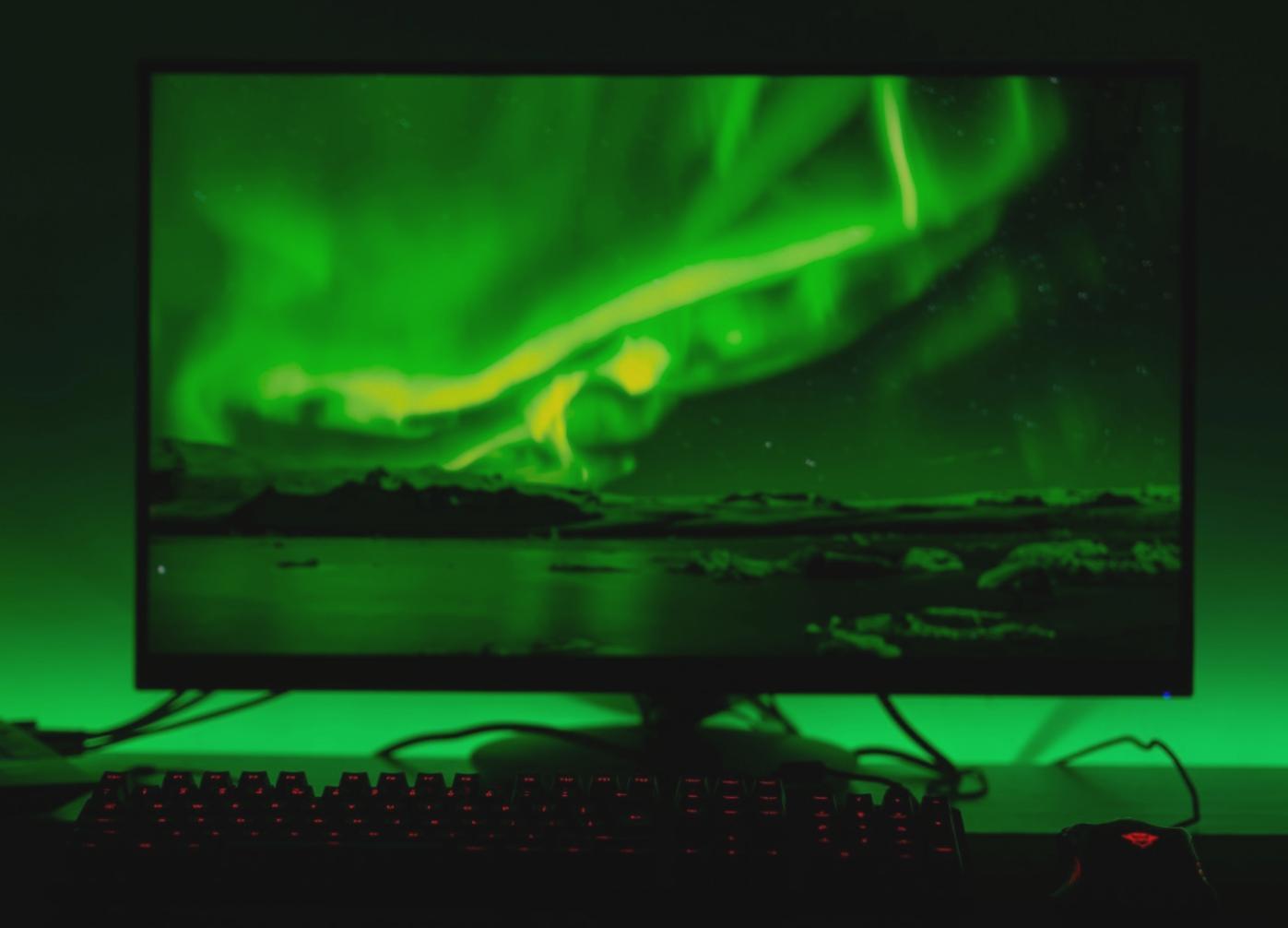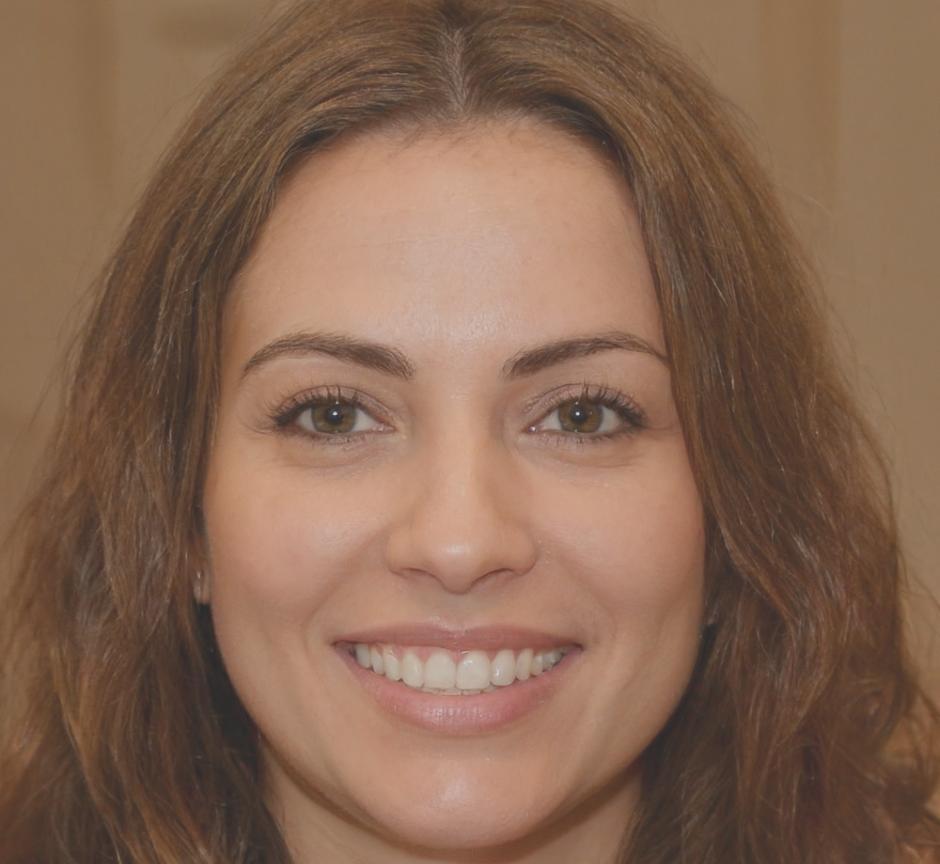Stories That Move, Worlds That Breathe
Building immersive 3D experiences through hands-on narrative design
We're teaching something different here. Not just game engines or modeling software, but how to make people actually care about virtual spaces. Our Barcelona-based programs start in September 2025 with twelve-month tracks that combine spatial storytelling with technical craft.
Explore Programs
Three Ways to Build Your Craft
Each track runs for a full year. You'll work on real projects, collaborate with other creators, and walk away with portfolio pieces that show what you can actually do.

Environmental Narrative
Learn to tell stories through space itself. We focus on how architecture, lighting, and object placement guide emotional responses. Past students have created museum installations and VR experiences.

Character & Motion
Characters need personality before they need polygons. This track covers movement as communication, from subtle gestures to full performance capture workflows used in narrative games.

Technical Direction
Bridge the gap between artists and engineers. You'll work with game engines, optimize 3D pipelines, and solve the practical problems that derail immersive projects.
What a Year Actually Looks Like
Months 1-3: Foundation Work
You'll spend the first quarter getting comfortable with tools and concepts. We start with short exercises that teach the basics of spatial design and narrative structure. Expect daily practice sessions and weekly critiques.
Months 4-6: Collaborative Projects
This is where groups form. You'll join small teams working on mid-sized projects that require real coordination. We bring in guest critics from studios around Europe to review your work in progress.
Months 7-9: Portfolio Development
Time to focus on what you want to show employers. You'll pick one major piece to develop with instructor guidance. This could be a playable demo, an interactive experience, or a technical showcase depending on your track.
Months 10-12: Industry Integration
Final quarter involves connecting with working professionals. We arrange studio visits in Barcelona, Madrid, and occasionally other European cities. You'll present your portfolio work and receive direct feedback from hiring teams.

Questions People Actually Ask
We've been running these programs since 2019. Here's what comes up most often when people are trying to figure out if this is right for them.
Do I need previous 3D experience?
Not really. About half our students come in with some Blender or Unity knowledge, but the other half are switching from related fields like film editing or graphic design. What matters more is that you understand storytelling and you're willing to put in daily practice time.
What kind of computer do I need?
A decent gaming laptop or desktop from the last three years will work. We provide lab access with high-end workstations for rendering and intensive tasks. Specific specs are in the enrollment packet, but most modern machines handle the software fine.
How much time should I plan for?
Classes run weekday evenings plus Saturday mornings. Most students spend another 15-20 hours weekly on project work. It's manageable if you're working part-time, challenging if you're juggling a full-time job. We've had people do both, but they're usually exhausted by month eight.
What happens after graduation?
We maintain relationships with about forty studios across Spain and the EU. We can't promise placement, but we do make introductions. Last year's cohort saw about 60% find related work within four months. Others went freelance or continued building their portfolios while working other jobs.